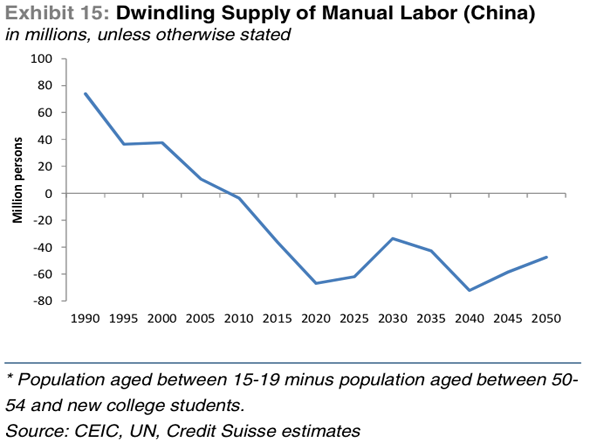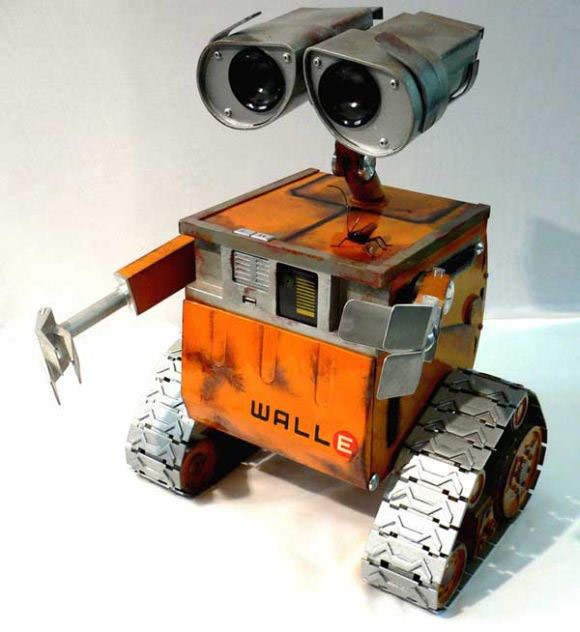The next step in virtual work - part Robot, part Segway, part iPad
I am a little late to the party on this, (apparently this launched back in August), but since we are getting pretty deep into the holiday season and there is the slight chance that you, dear reader, have not yet determined what type of gift to bestow upon your favorite blogger, (that's me, by the way), I had to call your attention to the Double, probably one of the coolest, awesome, and most potential-filled workplace tools I have seen this year.
The Double is a kind of 'teleprescence on a budget' tool - part robot, part Segway, and part iPad - the clever device allows a remote colleague to 'drive' an iPad topped wheeled robot around the office, 'see' and be seen via a video conferencing application running on the iPad, and participate virtually in meetings, snack breaks, and probably even hallway chair races.
Check out the embedded video below to see the Double in action, (email and RSS subscribers will need to click through)
I told you that was awesome.
Some details on how the Double manages to be so cool: It uses a dual-wheel base, enabling the robot to navigate corners and make its way around rooms and other workplace facilities. It is controlled via any other iOS device, or through a web interface, which lets you travel throughout the environment, decide which height at which to place its iPad 'head', and of course, to converse with anyone (I suppose including other people's Doubles) in the room.
So while you probably want to drop what you are doing and order one of these beauties for me straight away, sadly the initial run of Doubles is sold out, according to their website. But fear not, the next batch will be shipping in early 2013 at a price of $1,999.
Don't worry, I will let you slide with the gift being late, it is really the thought that counts anyway!

 Steve
Steve


